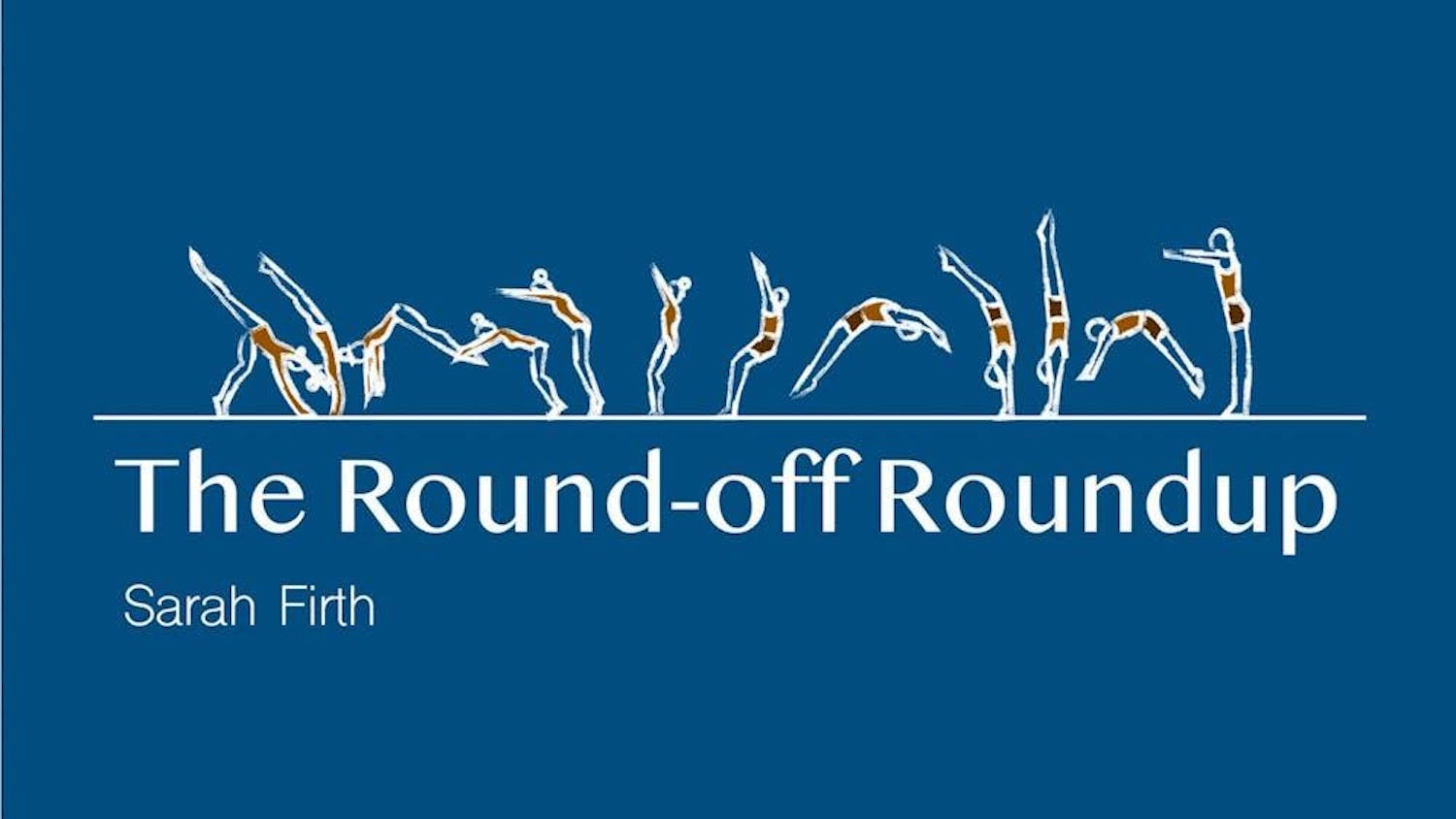This article was written by an anonymous member of the Rainbow House.
When I was 13, I was an adept liar. I could wear straightness as a cloak and walk unnoticed through the halls of middle school. Whenever my friends would ask who I had a crush on, I would either deflect by saying, “Oh, no one at the moment,” or, "Well, (insert name of a reasonably well-liked boy here) is really cute.”
I dared not mention that, while I had no particular feelings about kissing or moving up the bases with anyone in particular, I thought Samantha was cute and I would like to go to a movie with her sometime. I knew that I was expected to be heterosexual and that at any given moment, I was expected to be experiencing attraction. For a long time, I thought there was something wrong with me, until I realized that asexuality was a thing and that one could be homoromantic while not experiencing extreme physical desire.
Asexuality is when a person does not experience sexual attraction. This is not celibacy or refraining from sex until marriage. Though the exact prevalence of asexuality is difficult to determine, Brock University Researcher Anthony Bogaert approximated in a 2004 study that 1 percent of the British population identifies as asexual. Asexual individuals can choose to have sex. Additionally, there is a difference between sexual and romantic attraction. People can desire to have romantic relationships and date people without experiencing desire to have sex with them.
Compulsory heterosexuality is the idea that individuals are pressured and expected to fall into straight relationships. This theory was first published by Adrienne Rich in her 1980 essay titled "Compulsory Heterosexuality and Lesbian Existence.” This explains why many asexual people, along with other queer people, feel the need to invent straight crushes to be read as “normal” in society.
The combination of not experiencing attraction, which everyone else perceives as normal, and the expectation that everyone experiences opposite-gender-attraction leads many asexual individuals in society to believe that they are broken. Sexual attraction to people has not appeared for them in the way that it seems to have for those around them. Forcing people to lie about their attraction causes insecurity and maintains the idea that queer people need to be in the closet. Beyond that, queer people feel the need to pretend to be straight because not experiencing attraction is also not acceptable in society.
The question now is, what can be done now to make asexual and queer people feel good about themselves? The clear answer is to stop forcing children, teenagers and adults to have crushes all the time, and to normalize the idea that people can be happy without being in a relationship.
Have a suggestion for an article, a question, or a topic you’d like us to cover? Email us at rhousecolumn@gmail.com!
More from The Tufts Daily





